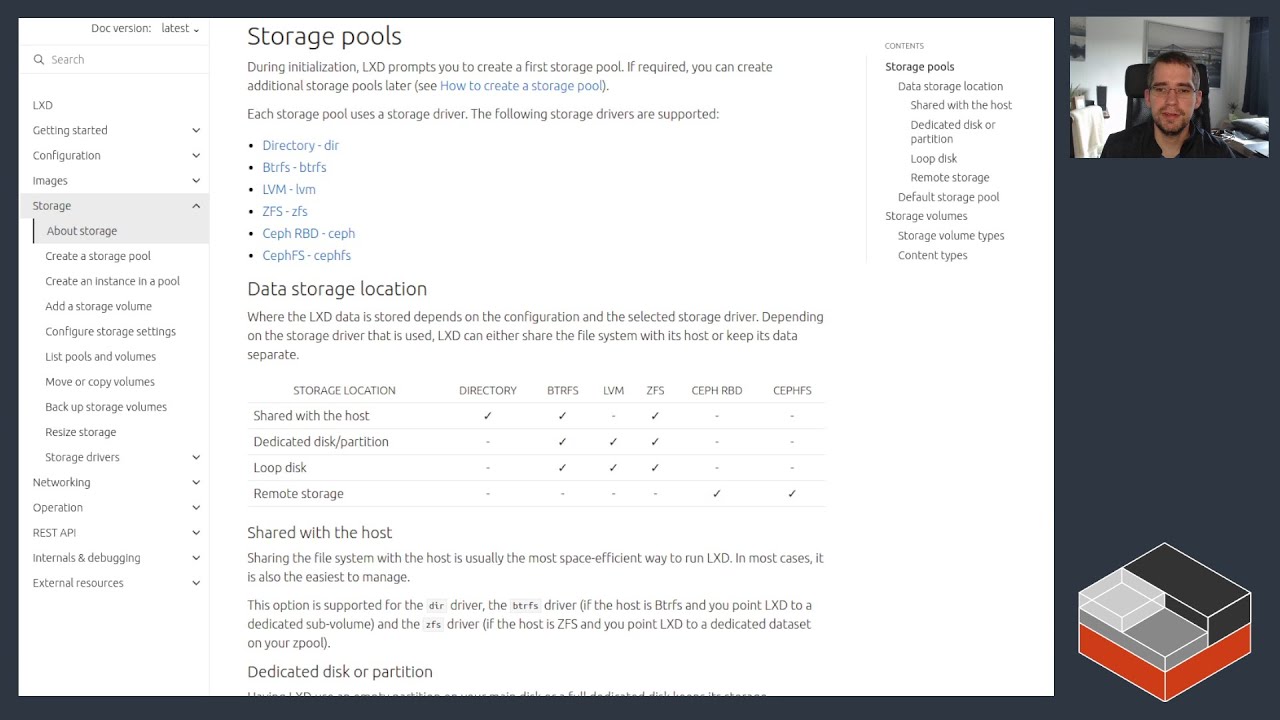Then you read something that was wrong. (It helps if you can provide links to such material, so it can be properly dissected).
Preferably not: the best option is to make a zmirror or raidz/raidz2/raidz3 vdev out of raw disks, or raw partitions, or from LVM volumes on different drives.
With this configuration, ZFS is able to detect and repair silent data corruption, a.k.a. “bitrot”. This is because it has its own checksums of all the data blocks, and can select the correct combination of disks to recreate the correct data.
If you run ZFS on top of a virtual block device which has a hidden RAID underneath, then it will only be able to detect the errors, and not correct them.
(The same applies to a traditional mirror or RAID: it can tell that the mirrors don’t match, or that the parity doesn’t match the data, but it can’t tell you which disk has wrong data)
It’s not a bad option, if you want to mix’n’match zfs and LVM on the same machine. In fact, I do it on my mini home server which has one NVMe drive and one SATA drive:
root@nuc3:~# pvs
PV VG Fmt Attr PSize PFree
/dev/nvme0n1p4 vg0 lvm2 a-- <459.89g 199.88g
/dev/sda3 vg0 lvm2 a-- <459.66g 199.65g
root@nuc3:~# lvs --segments -o +devices
LV VG Attr #Str Type SSize Devices
root vg0 rwi-aor--- 2 raid1 20.00g root_rimage_0(0),root_rimage_1(0)
zpoolm0 vg0 -wi-ao---- 1 linear 240.00g /dev/nvme0n1p4(5121)
zpoolm1 vg0 -wi-ao---- 1 linear 240.00g /dev/sda3(5121)
root@nuc3:~# zpool status zfs
pool: zfs
state: ONLINE
scan: scrub repaired 0B in 00:13:20 with 0 errors on Sun Dec 14 00:37:34 2025
config:
NAME STATE READ WRITE CKSUM
zfs ONLINE 0 0 0
mirror-0 ONLINE 0 0 0
zpoolm0 ONLINE 0 0 0
zpoolm1 ONLINE 0 0 0
errors: No known data errors
Preferably LVM has raw disks underneath, not mdraid or similar; you can use LVM mirroring or raid on individual logical volumes (including thin pools) to get redundancy over multiple drives - see the “root” logical volume above.
But you can still create non-redundant LVM volumes, which are useful for when you have something like Linstor/DRBD on top, as well as for ZFS.
